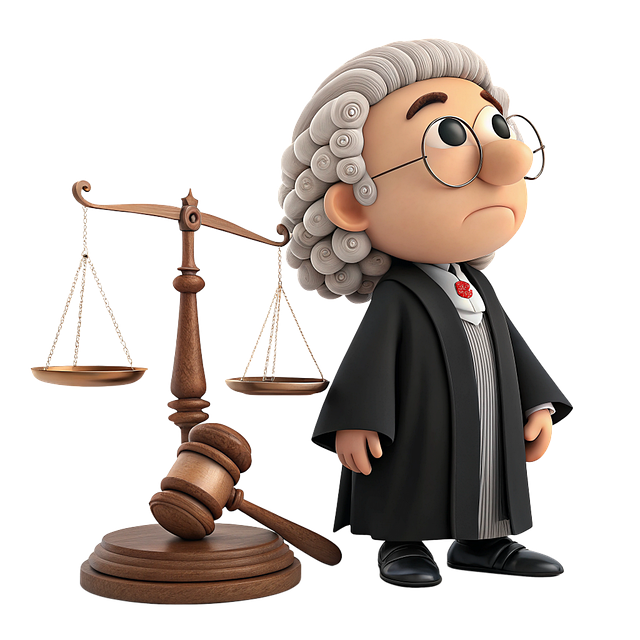Securing medical malpractice compensation requires understanding strict requirements and gathering substantial evidence, including detailed medical records, incident reports, expert opinions, and witness statements. A structured approach involves collecting documentation, completing claim forms with accurate information, and attaching supporting documents to facilitate a just resolution for victims of medical negligence. Specialized legal expertise is crucial in complex cases.
Looking to navigate the complex process of obtaining medical malpractice compensation? This comprehensive guide breaks down the essential forms and steps required for a successful approval. From understanding core legal requirements to mastering the art of document preparation, you’ll discover how to efficiently move your claim forward. We demystify the process, ensuring you’re equipped with the knowledge to advocate for your rights in securing medical malpractice compensation.
- Understanding Medical Malpractice Compensation Requirements
- Essential Documents for Efficient Approval Process
- Navigating the Forms: A Step-by-Step Guide
Understanding Medical Malpractice Compensation Requirements

When it comes to medical malpractice compensation, understanding the requirements is paramount for a successful claim. Medical malpractice occurs when a healthcare provider deviates from the accepted standard of care and causes injury or harm to a patient. This can include misdiagnosis, incorrect treatment plans, or negligence in patient care. To secure compensation, patients must gather substantial evidence demonstrating the malpractice and its resulting damages.
This process involves consulting with an experienced accident attorney who specializes in medical malpractice cases. They will help navigate the complexities of personal injury claims, ensuring all necessary forms are accurately completed. Key documents may include detailed medical records, expert witness affidavits, and statements from witnesses or family members who can attest to the impact of the malpractice on the patient’s life. A truck accident lawyer might also be required if a healthcare provider’s negligence contributes to an accident involving a commercial vehicle, leading to further personal injury claims.
Essential Documents for Efficient Approval Process

For a streamlined and efficient medical malpractice compensation approval process, several essential documents are required. These papers serve as the backbone of any claim, providing critical information that facilitates a thorough evaluation of the case by insurance adjusters or legal professionals, including personal injury attorneys specializing in medical negligence and wrongful death cases.
Key among these documents is the detailed medical record, which includes the patient’s history, diagnostic reports, treatment plans, and outcomes. This comprehensive documentation allows for an understanding of the standard of care expected from medical professionals and any deviations that may have led to harm. Additionally, a well-crafted incident report, detailing the circumstances surrounding the alleged malpractice, is crucial. Statements from witnesses or patients themselves can also significantly strengthen the claim. Furthermore, legal counsel or adjusters will often request expert opinions or affidavits from medical professionals who can opine on the potential negligence and its impact. These documents collectively form a robust case, ensuring that compensation claims for medical malpractice are processed fairly and accurately.
Navigating the Forms: A Step-by-Step Guide

Navigating the forms required for medical malpractice compensation approval can seem like a daunting task. However, with a structured approach, it becomes manageable. Here’s a step-by-step guide to help you through the process.
1. Gather All Necessary Documentation: Start by collecting all relevant medical records, reports from experts, and any evidence supporting your claim. For cases involving elder abuse or caregiver abuse, additional documentation like witness statements and care plans might be required. In real estate disputes, title documents, property assessments, and contracts are essential.
2. Complete the Claim Form: Fill out the official compensation claim form accurately and completely. Ensure you provide detailed information about the incident, including dates, locations, and descriptions of injuries or damages. Attach all supporting documentation to the form. For medical malpractice compensation, this process is crucial as it sets the foundation for your case.
When seeking medical malpractice compensation, understanding the required forms and an efficient approval process is crucial. By gathering essential documents and navigating the necessary steps, individuals can ensure a smoother journey towards justice. This guide has outlined the key components, from meeting legal requirements to streamlining the paperwork, empowering folks to take informed actions regarding their medical malpractice claims. Remember that each case is unique, so always consult professionals for personalized advice.






